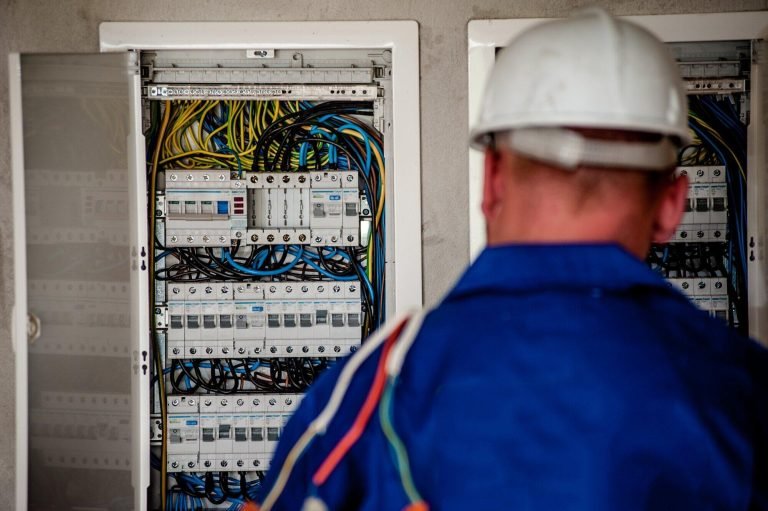Imagine waking up in the middle of the night and realizing that your lights won’t turn on, or your refrigerator isn’t cooling anymore. Suddenly, you realize how much you depend on electricity every single day. Electricity is at the heart of it all. It powers everything, from charging your phone to the essential tasks that keep your home running.
But how much do you really know about home electrical service? This guide will teach you everything you need to know. It covers how electricity travels into your home. It also helps you know when to call a pro.
What Is Home Electrical Service?
At its core, home electrical service is the system that delivers electricity to your home. The system consists of wiring, circuit breakers, outlets, and switches that allow electrical power to flow where it’s needed. Electrical service starts with the power lines outside your home, which carry electricity from the utility company into your house. From there, it travels through a meter, into your electrical panel, and then throughout your home.
Understanding Your Electrical Panel
One of the most crucial parts of your electrical system is the electrical panel, sometimes called a breaker box. The electrical panel distributes electricity to different parts of your home. It contains circuit breakers that can be flipped off in the event of an overload or short circuit, preventing damage to your home’s wiring and reducing the risk of fires.
Understanding how to read your electrical panel and recognize the signs of trouble is essential for any homeowner. Homeowners upgrading their systems should hire professionals. They have the expertise to ensure safety, efficiency, and reliability throughout the house.
How Electricity Reaches Your Home
Electricity starts its journey from the power plant and travels through high-voltage transmission lines to a transformer. The transformer steps down the voltage, making it safe for use in homes. From there, electricity travels through the utility lines to your meter, which measures how much electricity you use. After passing through the meter, the power enters your electrical panel, where it is distributed throughout your home.
Common Electrical Problems in Homes
Over time, you might experience various electrical issues in your home. Some problems are easy to identify, while others require the expertise of a licensed electrician. Common issues include tripped breakers, flickering lights, faulty outlets, and damaged wires.
Understanding the symptoms of these problems can help you address them before they turn into serious safety hazards. If you have frequent electrical issues, call a pro. They should offer reliable residential electrical services. This will ensure your home is safe and up to code.
When to Call an Electrician
While there are many minor electrical issues you can address on your own, there are times when you should call in a professional. If you experience frequent power outages, smoke coming from outlets, or sparking wires, it’s time to contact an electrician. An electrical upgrade is often necessary in older homes to handle modern energy demands, ensuring that your system can support new appliances and devices without risk of overloading.
Home Electrical Service: Ensuring a Safe and Efficient System for Your Home
Home electrical service is something we all depend on daily, but it’s easy to take it for granted until something goes wrong. Know the basics of your home’s electrical system. Know when to call an electrician. Practice good electrical safety. This will help keep your home safe and powered for years to come. For more on this content, visit the rest of our blog!

